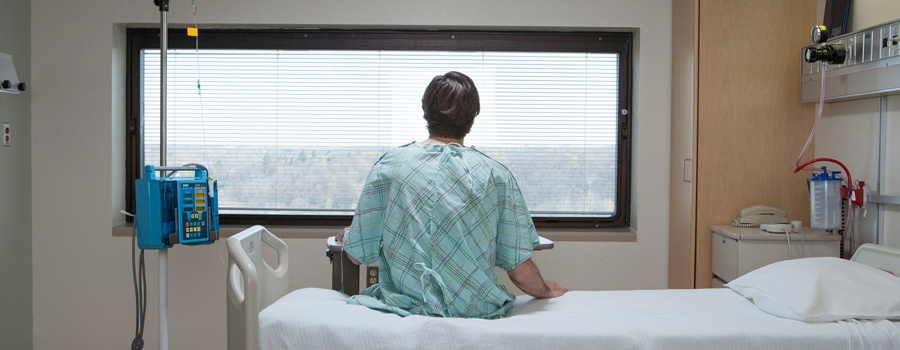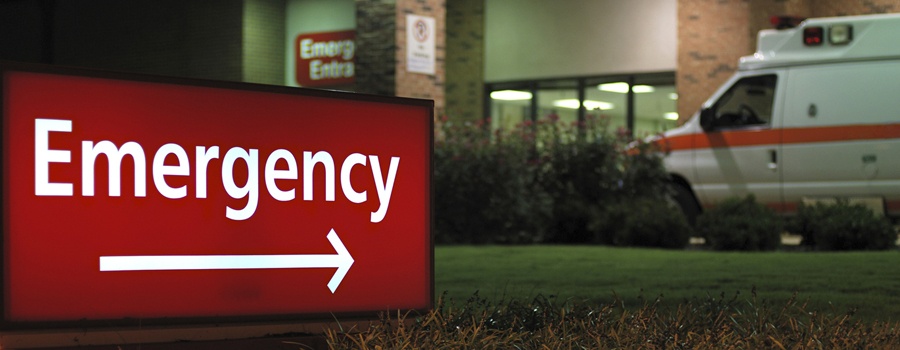Tag: hospital
-

Analysis: Pulling Back Curtain on Hospital Prices Adds New Wrinkle in Cost Control
As President Donald Trump was fighting with Congress over the shutdown and funding for a border wall, his administration implemented a new rule that could be a game changer for health care. Starting this month, hospitals must publicly reveal the contents of their master price lists — called “chargemasters” — online. These are the prices that most…
-

Overshadowed by Opioids, Meth is Back and Hospitalizations Surge
The number of people hospitalized because of amphetamine use is skyrocketing in the United States, but the resurgence of the drug largely has been overshadowed by the nation’s intense focus on opioids. Amphetamine-related hospitalizations jumped by about 245 percent from 2008 to 2015, according to a recent study in the Journal of the American Medical Association. That…
-

Patients, Doctors Dissatisfied with Electronic Health Records
Electronic Health Records are intended to streamline and improve access to information — and have been shown to improve quality of care — but a new study shows they also leave both doctors and patients unsatisfied, even after full implementation. The study, by researchers at Lehigh University and the Lehigh Valley Health Network, surveyed physicians, mid-level providers and…
-

Death vs. Another Hospital Stay: Study Suggests Medicare Should Weigh Them Equally
ANN ARBOR — In the last few years, American hospitals have focused like hawks on how to keep patients from coming back within a few weeks of getting out. Driven by new Medicare penalties for such events, the effort has slowed a ‘revolving door’ of readmissions for heart attack, heart failure and pneumonia patients that…